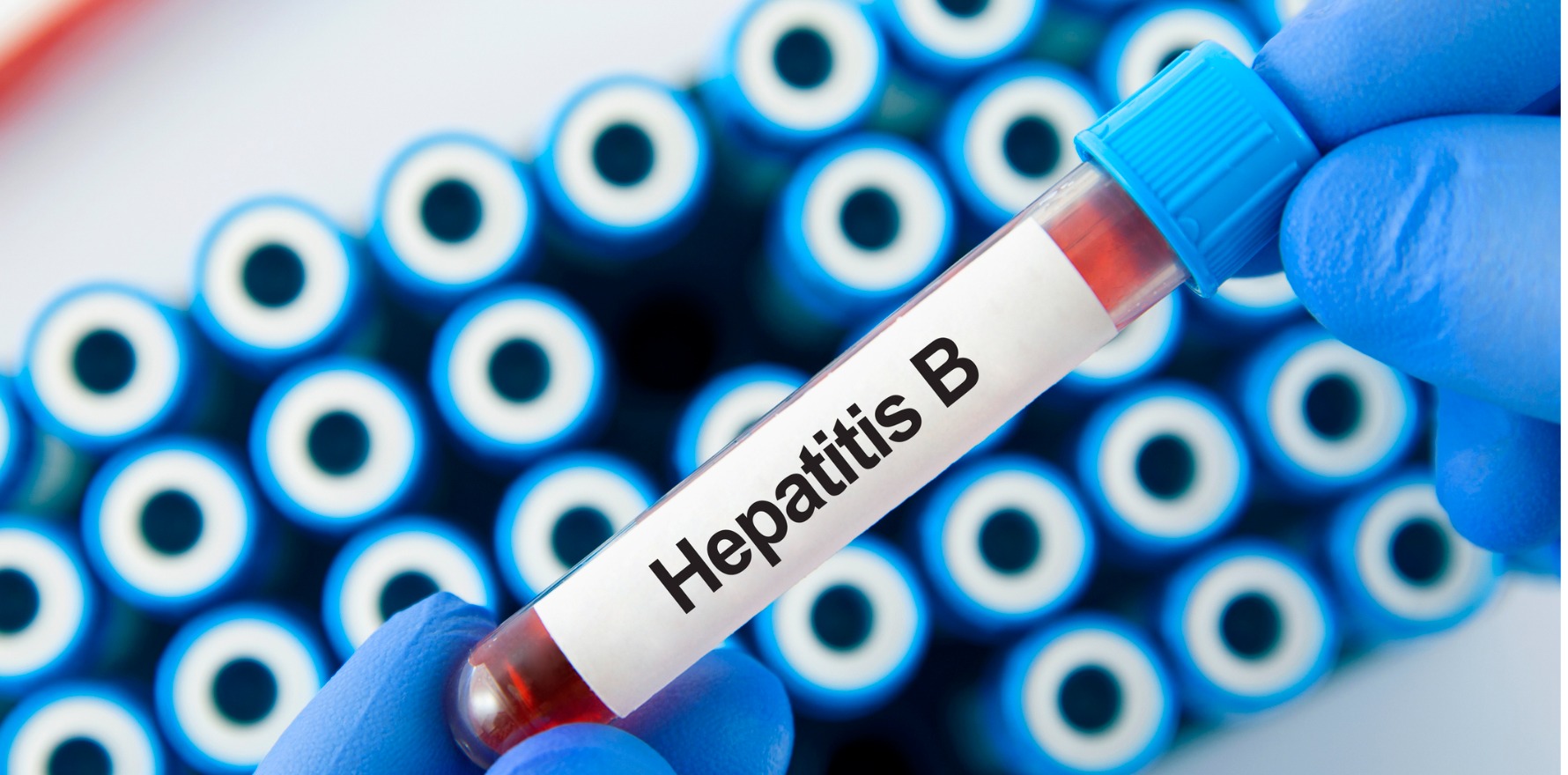A new study is the first head-to-head study of WHO-recommended hepatitis C therapy.
Sofosbuvir–daclatasvir could be superior to sofosbuvir–velpatasvir for treating hepatitis C, while also demonstrating high cure rates with shorter or flexible treatment strategies, results from a new randomised trial show.
The Vietnam-based study provides the first head-to-head evidence comparing the two World Health Organization-recommended hepatitis C treatments, confirming non-inferiority and offering promising data on alternative short-course regimens.
The results have been published in The Lancet.
The multi-arm, open-label, non-inferiority trial, funded by the Wellcome Trust, included 624 adult participants with chronic hepatitis C infection and mild-to-moderate liver fibrosis.
Participants were randomised to receive either sofosbuvir–daclatasvir or sofosbuvir–velpatasvir and further stratified into one of four treatment strategy groups, including:
- Standard of care (SOC) group;
- Four weeks’ therapy with four additional weekly PEGylated interferon alfa-2a subcutaneous injections (four-week antiviral plus interferon group);
- Induction with two weeks’ daily therapy followed by 10 weeks’ maintenance therapy five days per week with weekends off (induction–maintenance group);
- Response-guided therapy (RGT) with duration determined by a single quantitative viral load on day seven (RGT group).
The trial was open label: no placebo was provided due to the complexity of ensuring that participants took the right pills on the right days. Masking of trial staff from randomised assignment was not possible, but efficacy endpoints were based on HCV viral loads assessed in the laboratory by masked individuals.
In the original protocol there was an additional factorial randomisation to adjunctive ribavirin or no ribavirin. Only 22 participants were allocated ribavirin before this group was stopped on Jan 26, 2021, on advice of the trial steering committee in light of recruitment challenges during the covid pandemic, and emerging evidence of a lack of efficacy of adjunctive ribavirin.
The primary endpoint was sustained virological response (SVR), defined as plasma HCV RNA less than the lower level of quantification 12 weeks after the end of treatment without previous treatment failure.
“Failure of first-line treatment was carefully defined to incorporate individuals with fully suppressed HCV RNA (i.e., less than the lower level of quantification) on therapy with late virological rebound and those without full suppression of the HCV viral load,” the authors wrote.
“In both cases, two consecutive viral loads more than the lower level of quantification, taken at least one week apart after the end of treatment, were required to confirm treatment failure, with the second required to be more than 2000 IU/mL.”
Secondary outcomes were SVR 12 weeks after combined first-line or re-treatment; lack of initial virological response (<1 log10 HCV RNA decrease from baseline); serious adverse events, grade 3 or 4 clinical adverse events, adverse events of any grade leading to change in treatment, and adverse events of any grade that were classified by the investigator as possibly, probably, or definitely related to trial treatment; and emergence of resistance-associated substitutions in individuals not achieving SVR.
Sofosbuvir–daclatasvir achieved a 97% sustained virological response (SVR12), compared to 95% in the sofosbuvir–velpatasvir group. Although the trial was powered for non-inferioirity, the researchers observed a 93% probability that sofosbuvir–daclatasvir is superior to sofosbuvir–velpatasvir.
Three of the four treatment strategies (SOC, induction–maintenance and RGT) all demonstrated SVR rates above 93%, within the pre-specified 10% non-inferiority margin. The 4-week DAA + interferon arm, while achieving 94% SVR, was associated with significantly higher adverse events comapred to the SOC group.
Related
The findings have significant implications for national hepatitis C programs, particularly in low and middle-income countries where drug pricing, availability and patient adherence influence treatment success and sustainability.
“This study finds evidence to support the use of sofosbuvir–daclatasvir and sofosbuvir–velpatasvir in first-line treatment options,” the authors wrote.
“These data will be valuable to national programmes procuring treatment. For most countries scaling treatment, simplicity and standardised treatment is key.
“For settings with more advanced elimination program, the alternative strategies explored in this study can inform more individualised therapeutic decisions for those struggling to access care (e.g., through supervised therapy).”





